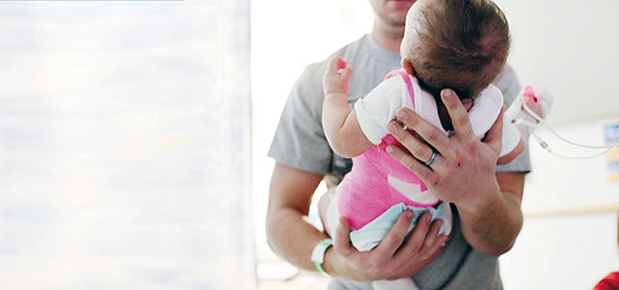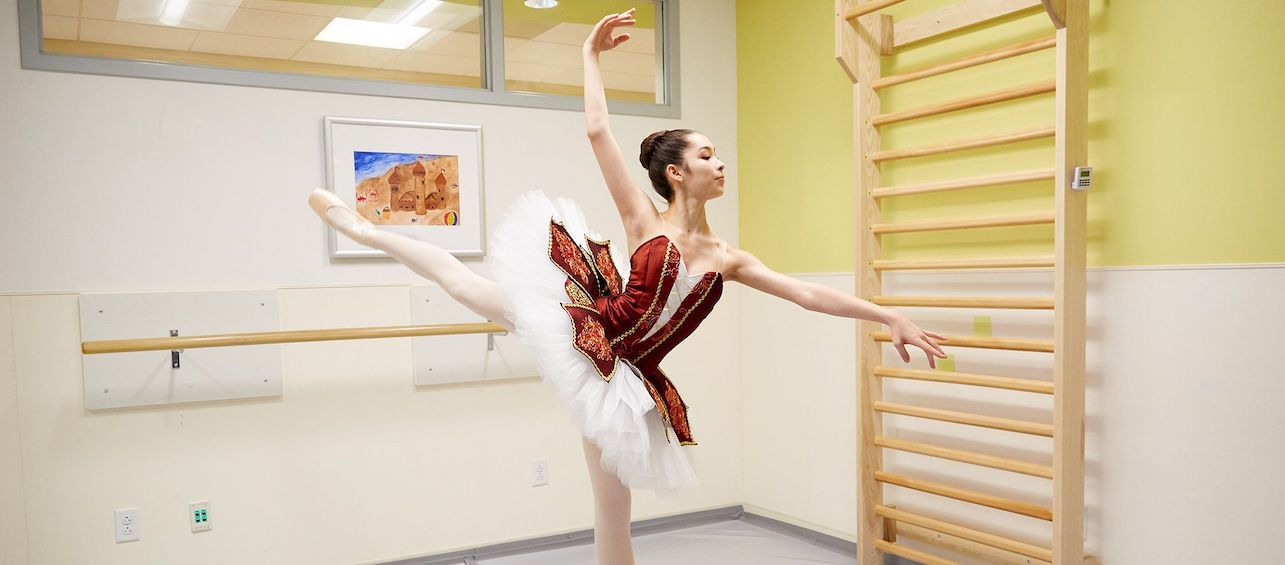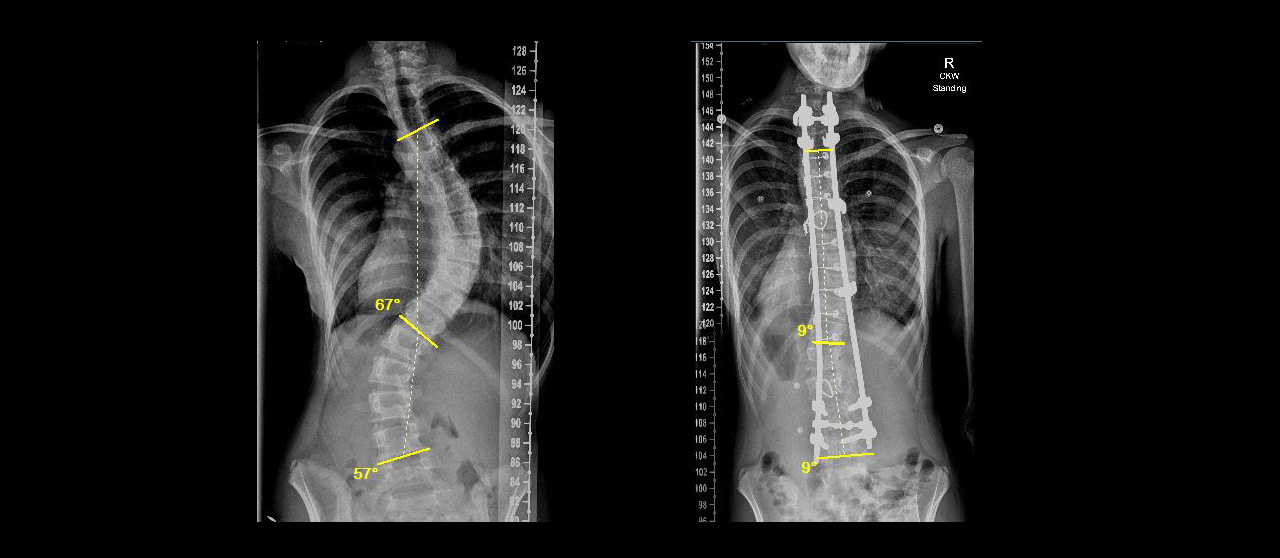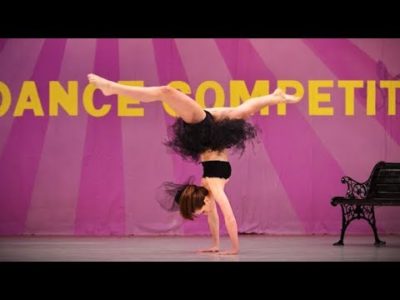It’s a question parents ask me quite often. It might not be in those exact words, but the implication of surprise is there. Their initial reaction is fair — for parents of children younger than four with early-onset scoliosis, I often recommend a full-torso cast, or Mehta cast, to help correct the curvature of their child’s spine.
It’s not an easy recommendation for a parent to hear. And I completely understand why. A full-torso cast is challenging for both parents and children alike to manage on a daily basis. A child in a Mehta cast must wear it 24-hours-a-day, for a period of a few months or up to three years. Meanwhile it needs to be kept dry and clean. And depending upon the child’s age, he may learn to walk while wearing the full-torso cast. Or re-learn to walk. The smallest daily tasks become big hurdles to overcome. So why would I recommend a treatment that presents daily challenges for parents and children? Because the benefits far outweigh the challenges.
The data shows that for children under the age of four with a curve size less than 60 degrees, Mehta casting, or derotational casting, can be an effective way to improve the curve of the spine without surgery. In fact, I was part of a study that found that over 80 percent of children who had idiopathic infantile scoliosis and curves under 60 degrees had resolution of their spinal curves with the Mehta cast treatment.
Parents of children younger than four often ask me why I don’t recommend waiting and performing surgery at a later time. And my answer is that a significant spinal curve in a child that young can often interfere with his or her lung function and can even lead to a reduced life expectancy. By utilizing the Mehta technique, the cast opens the chest wall and allows the lungs room to grow, thus improving overall lung function. The question of bracing also comes up frequently with parents. While a brace is certainly easier for children to wear, there is no evidence that it is actually effective.
Once their child has been wearing the cast for a period of time, parents often remark at how resilient he or she is. And I agree. Kids are amazingly resilient. But what I think parents often miss is their own tenacity. They find creative ways to help their child bathe. And diaper. And eat. And go about their daily lives in an adapted way. I am constantly amazed and will continue to be amazed by parents. They will work around anything if it means the improvement of their child’s spine.
Editor’s note: If you’d like to learn more about Mehta casting as a non-invasive treatment for early onset scoliosis, join us on June 5 at 7 p.m. Dr. Peter Sturm and Tania Marcano, a mom whose son was treated with Mehta casting, will host a live online Q&A session. Early onset scoliosis: Get a physician’s and parent’s perspective. For more information and to RSVP, go to our registration page.







Hi Dr Sturm,
I am so glad to see and hear all the education for parents on casting. You saved Finn at 21 months old and a 90 degree curve from an immediate spinal surgery by giving him a chance and casting him. He just turned 7 on Friday and he is healthy, beautiful, and thriving. He is still in a brace and holding. We are forever thankful to you because you made a difference and changed the course of his life.
Teresa (and Finn) McSheffrey